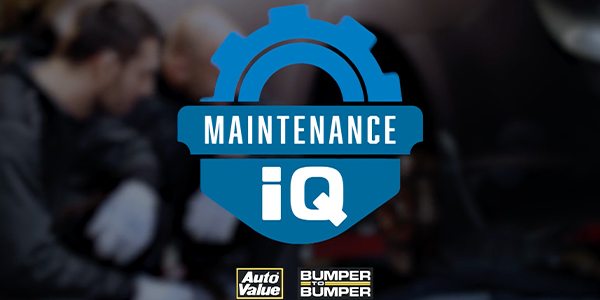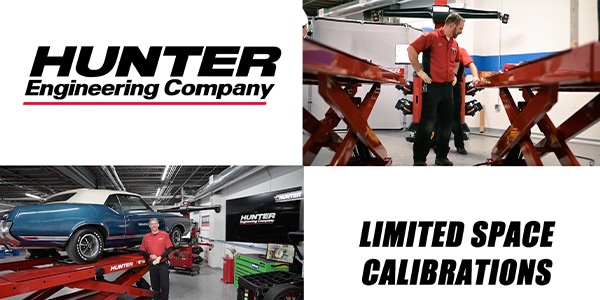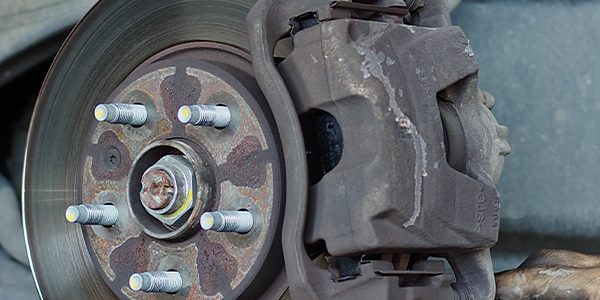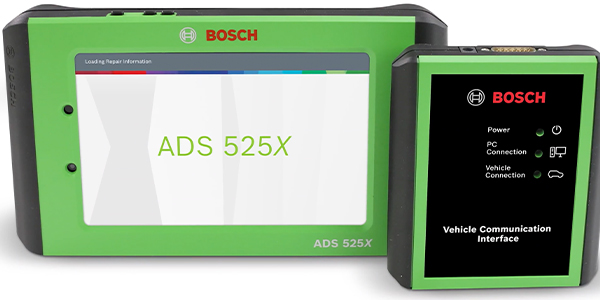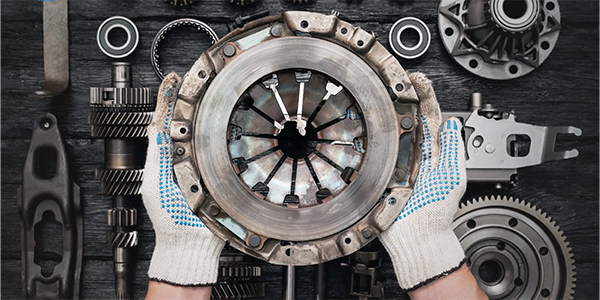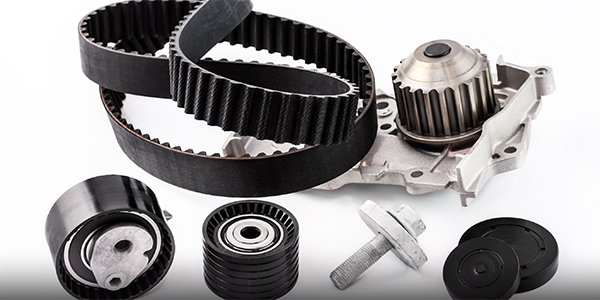According to a recent survey, fraudulent warranty claims cost auto parts stores over 600 million dollars annually. Also, the survey revealed the auto aftermarket has the highest return rate of any other industry, with 22.6% of all auto parts being returned. This is almost double the return rate when compared to clothing and apparel.
We all know returns are inevitable. In many cases, the customer has simply ordered the wrong kit and, with a quick verification, that kit can go back into stock, and the customer is given credit. But in many cases, when there is a warranty claim, it can be challenging to determine if parts in the kit are correct with just a glance or a shake.
Manufacturers take warranty claims seriously, and there will be a thorough investigation of the return to determine if the part is truly defective or was incorrectly installed.
If you are a counter professional, you are on the front lines. But, there are some easy steps you can follow to prevent getting stuck with a fraudulent return.
First, always open the box to inspect the parts being returned.
Second, inspect the part inside the box.
Third, verify the part matches the box.
If you are processing a return for a timing kit and detect something is not right, there are a few things to look for.
Always confirm the brand on the part in the kit matches the brand on the box. Some customers may try to return worn OEM parts or parts from a different aftermarket brand.
Here is an example of a brand mismatch. The warranty return department from Continental found this inside a returned timing kit. It is easy to see that this is an OEM belt. On some other parts, like this water pump, you can see that the logo laser-etched on the water pump does not match the logo on the box.
Next, this kit was returned to a parts store, and the customer claimed it was never installed. They would have seen this if the person behind the counter had opened the box.
You can see that the parts were removed from the original packaging. You can even see the customer applied sealant to the water pump flange, and the idler pulley looks like an old part. It is easy to see some of the parts were installed. Imagine the next tech getting this box of parts, not good!
When a warranty claim is made, manufacturers take it very seriously. They will look at every part in the box to determine if a part is genuinely defective or if the kit was improperly installed.
The most common issue warranty departments see in a warranty return are parts that were never installed. Sometimes the parts are still in the original packaging.
This kit was returned as a warranty issue with a labor claim. You can see that the tensioner, idler pulley and seal were never installed and are still in their packaging. This kit even includes an extra used idler pulley.
Whether it is a brake pad or timing belt kit, doesn’t matter. If all the parts are not installed or improperly installed, it can cause premature failure or poor performance. In the case of a timing kit, if the engine has an interference design, it can cause bent valves and maybe the need to replace the entire engine. It also violates the warranty and any chance of getting the labor reimbursed.
When it comes to returns of any part, it is critical that you, first, open the box. Second, inspect what is in the box. Third, verify the parts in the box match what is in the catalog. By performing these simple steps, you can prevent a fraudulent return before it even starts impacting your business and inventory.
This video is sponsored by Continental Belts & Hose.


